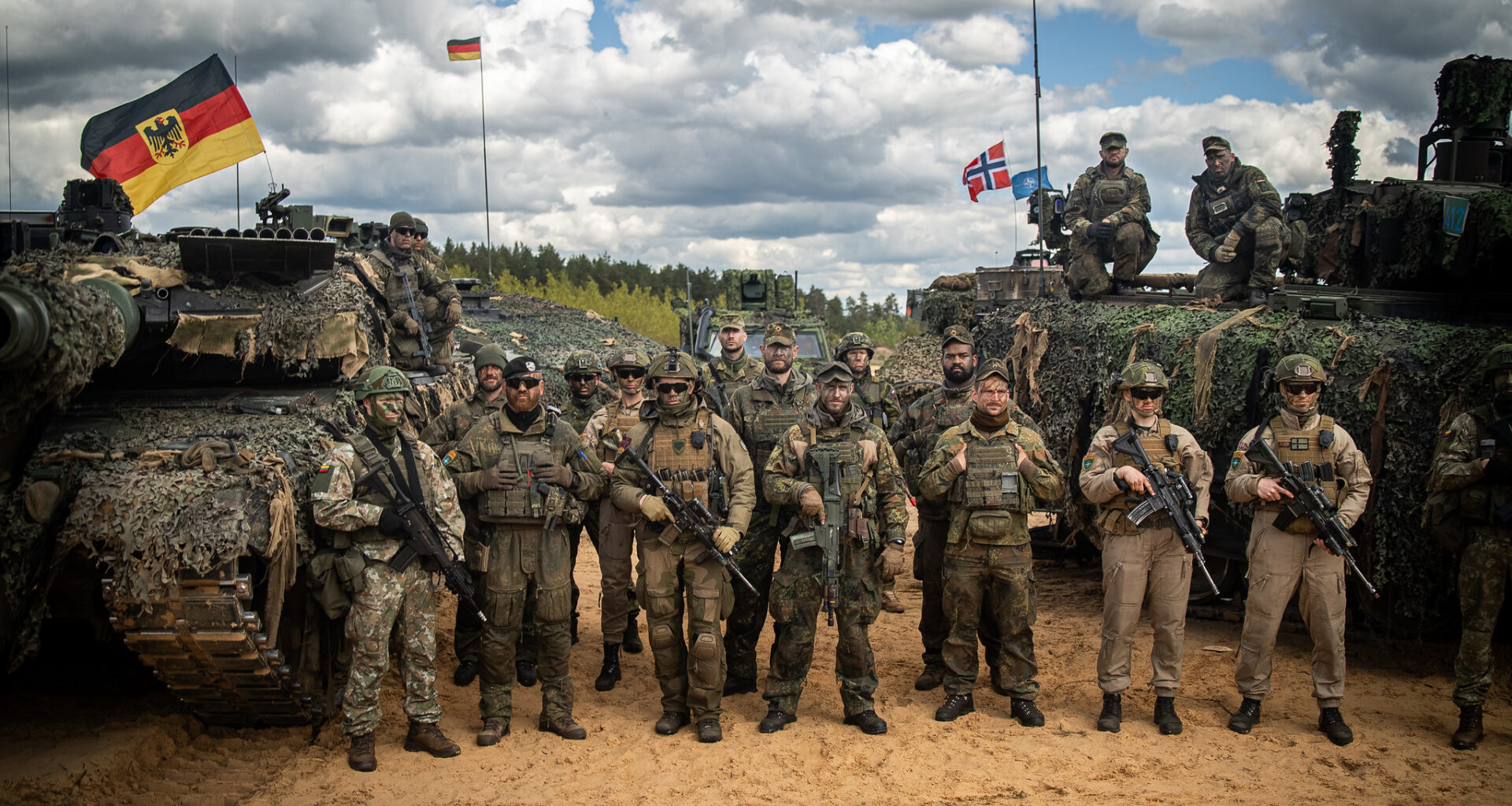
The publication of three important US strategic policy documents will be a key moment for Europe and the continent’s defence. As the United States refocuses its security priorities, Europe will need to build up its defence capabilities to avoid leaving itself vulnerable.
The National Security Strategy (NSS), which is legally mandated by Congress, is expected to be released soon. That strategy would (normally) be followed by the National Defense Strategy (NDS), which focuses on the Department of Defense’s role in implementing the NSS, and the Global Force Posture Review, which specifies US troop levels worldwide accordingly.
The NDS is expected to prioritise the US homeland. This would include US borders and skies, as well as the Western Hemisphere, particularly geopolitical assets such as Greenland and the Panama Canal. It will also likely focus on deterring China. With the Middle East probably the third priority, this leaves Europe fourth at best. The Pentagon has even considered merging its European and African commands. This hierarchy of priorities is reflected by the extra funding provisions to the Pentagon for specific defence purposes, such as the Golden Dome project, nuclear modernisation and shipbuilding, in anticipation of a naval war in the Indo-Pacific.
The NDS will also prioritise increasing allies’ burden sharing. In the case of Europe, the question is whether the pledge made at this year’s NATO summit in The Hague will be considered a good enough step in this direction. Under that pledge, NATO members are to allocate at least 3.5 percent of GDP annually to defence by 2035 to meet the NATO Capability Targets, as well as 1.5 percent of GDP on additional investment in critical infrastructure, civil preparedness and resilience.
Some US analysts have called for ‘burden shifting’, where the US would pull its ground troops from Europe completely but maintain nuclear control. This may lead Europe to be responsible for its own conventional deterrence and defence against Russia.
However, a large-scale reduction of the 65,000 permanent US troops in Europe is unlikely, at least in the short term. Firstly, a significant change in US force posture would mean the loss of strategic leverage over European countries and the increasing risk of proliferation of nuclear weapons, something that influential think tanks such as the Heritage Foundation and the Hudson Institute have warned against. Secondly, the logistical complexities of the withdrawal of troops and their families (who have built their lives in Europe) back to the US would require massive investment in military infrastructure in the mainland US. It would also mean complicated negotiations with their former host countries about the ownership of military infrastructure, bases and ports, for example. Both take time.
We may, however, see a reduction, or even a complete stop to the enhanced rotational US presence on NATO’s eastern flank. Around 20,000 additional troops were sent by president Joe Biden in 2022 following Russia’s invasion of Ukraine to deter and reassure NATO allies. This is low-hanging fruit for US President Donald Trump, as every rotation can easily be the last one.
This would also provide Trump with an opportunity to reverse another policy inherited from the previous administration. We may also see the Pentagon stop some security assistance funds, mainly designated for the Baltic states. This is a direct consequence of the already announced US$580 million cuts in spending.
To be clear, any reduction in US force posture in Europe would send a dangerous signal to Moscow, especially as previous comments from the White House have undermined European allies’ trust in US security guarantees. Europe is currently not ready to defend itself, and Russian President Vladimir Putin knows it. In the short to medium term the wisest thing that Europe can do is try to keep the US engaged in European security. It should be working on a businesslike transatlantic relationship, mirroring Trump’s approach to Europe, even when it comes to security, as bad as this may sound. For now, Europe simply needs the US as a credible deterrent against the Russian threat.
Beyond that, Europe must rapidly build its own autonomous deterrence and defence capabilities. What does Europe need the most? The short answer: everything. It needs to rebuild its defence-industrial base, recruit military personnel, reinforce infrastructure and foster more resilient societies.
The areas in which Europe is most dependent on the US, as a June advisory report to the Dutch government pointed out, are intelligence and reconnaissance capabilities; satellite observation and communications; command capabilities; and the means of suppressing and destroying enemy air defences. Also important are air defences, especially long-range weapons such as cruise missiles and anti-drone weapons—NATO had to fire advanced F-35 missiles worth millions of euros at Russian decoy drones made of wood and cardboard during an incursion into Poland in September. The list, unfortunately, goes on and on.
